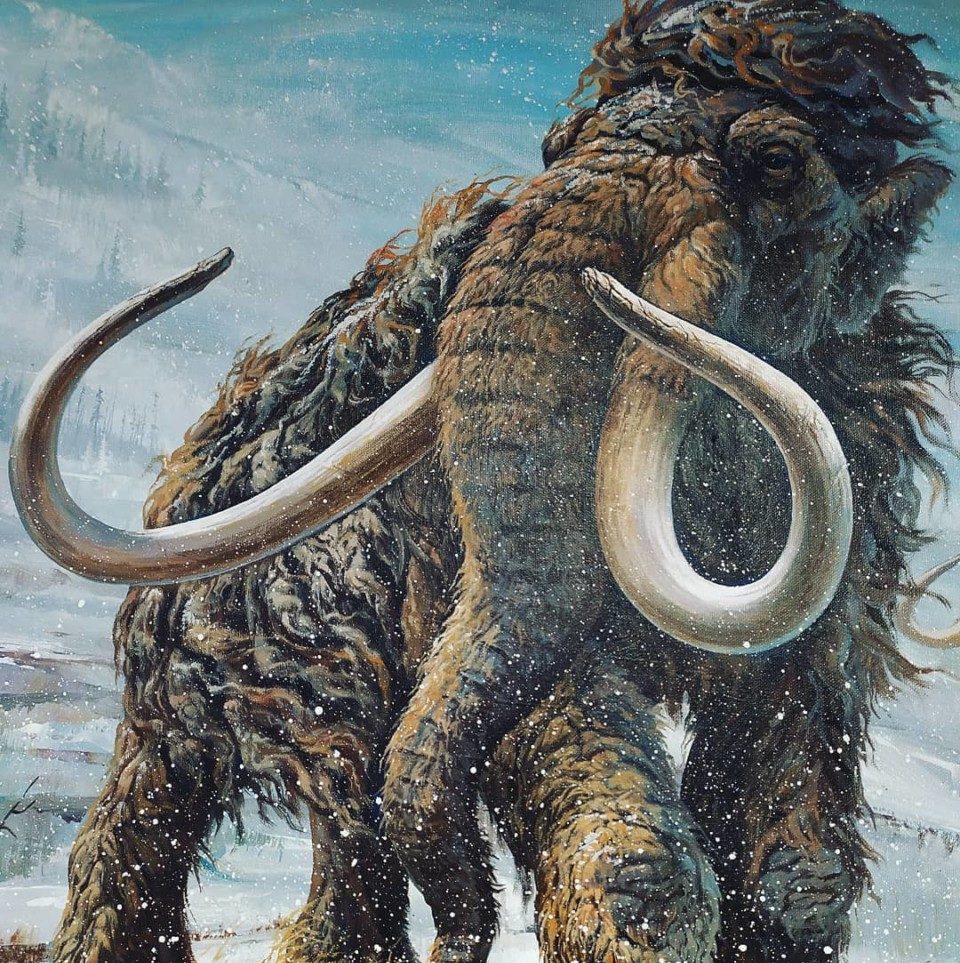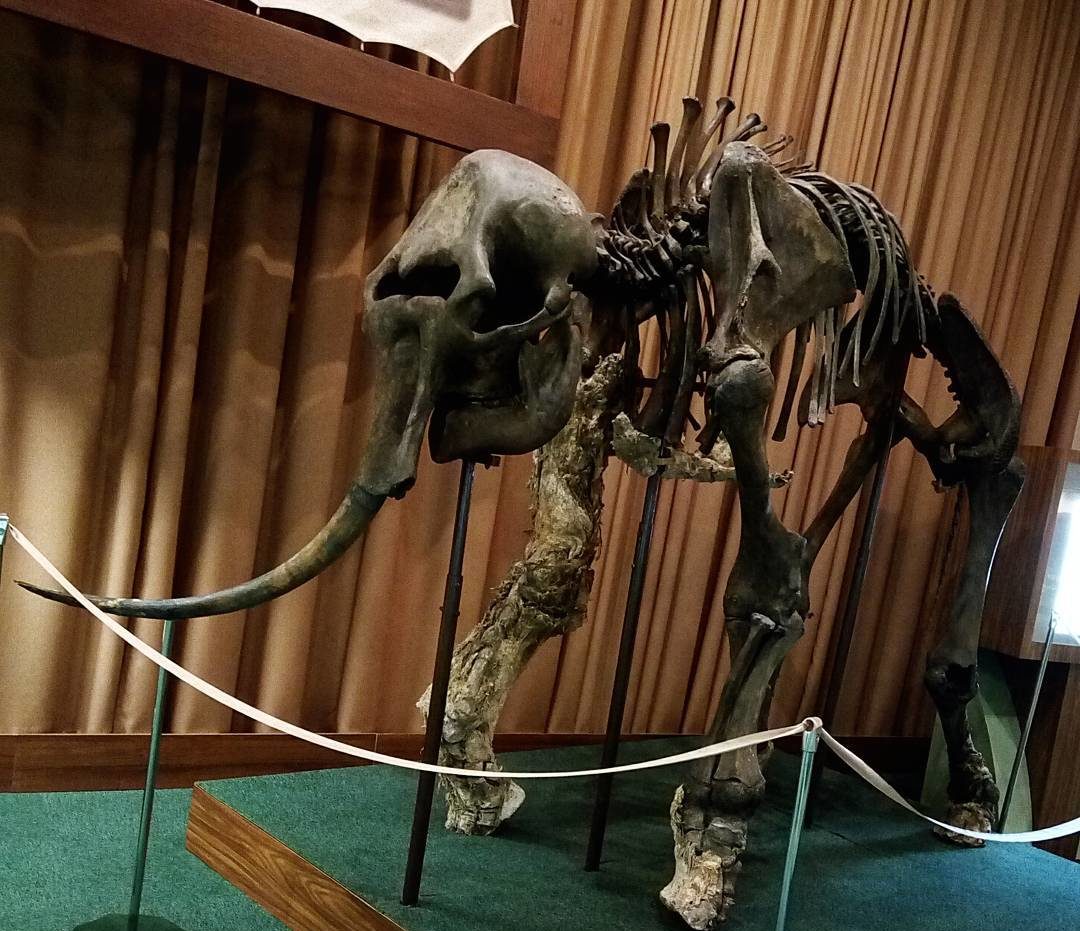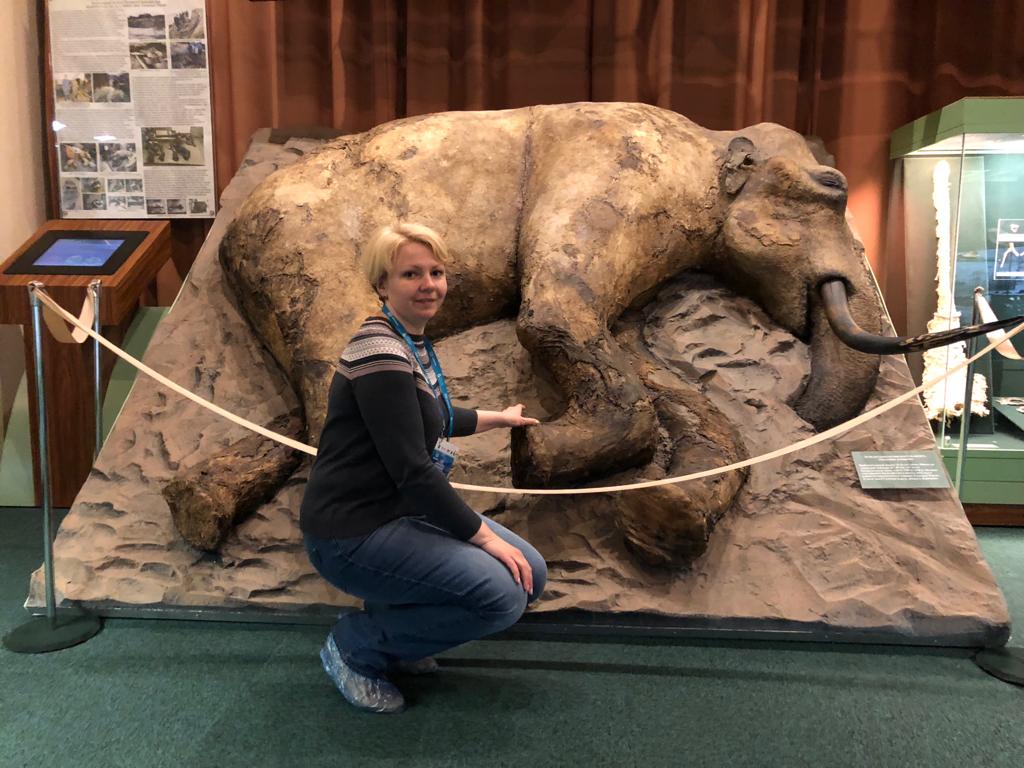#ARCTIC. #SIBERIA.THIS IS TAIMYR. The common ancestor of the southern, steppe, Colombian, woolly and dozens of other mammoths lived in Africa about six million years ago. Its descendants in the south evolved into modern African and Indian elephants, while others dispersed to more northern latitudes, along the way acquiring wool and turning into a separate genus Mammuthus.
It is believed that woolly mammoths began to separate from their steppe counterparts 800 thousand years ago. Scientists from different countries, including the Zoological Institute of the Russian Academy of Sciences and the Peter the Great Museum of Anthropology and Ethnography of the Russian Academy of Sciences, analyzed the evolution of woolly mammoths. The results of the study are reported by Science and Life magazine, citing a publication in the British scientific journal Current Biology.
The researchers compared fifty DNA of woolly mammoths from Siberia that lived no earlier than 100 000 years ago, and one about 700 000 years old, as well as modern elephants.
“All mammoths had traits in their genes that let them become northern inhabitants: similar features can be found in the genomes of polar bears, and reindeer, as well as in other animals. Features are associated with genes that affect hairline, sensitivity to cold, lipid metabolism”, the report says.
In the genome of the most ancient mammoth, which lived 700 000 years ago, mutations coincided by 91.7 percent with mutations in “younger” individuals. This indicates that at the time when woolly mammoths only began to separate from the steppe ones, they already had all the characteristic features – dense wool, metabolic features, and so on. Then, for hundreds of thousands of years, animals improved their “woolness” – they continued to adjust their metabolism, enhanced the fur’s heat-insulating properties, and so on.
Recall that Taimyr is considered a mammoths’ “graveyard”. These ancient animals’ bones are constantly found on the peninsula. The most unique exhibit in the history of paleontology, the mammoth Zhenya, is now kept in the Taimyr Museum of Local Lore. Also, we told that the mammoth figurines discovered in the Krasnoyarsk region were recognized as unique. Also, scientists prepared meatballs from cultured mammoth meat, but weren’t courageous enough to try it.
Follow us on Telegram, VKontakte.
Text: Angelica Stepanova, Photo: Olga Polyanskaya





